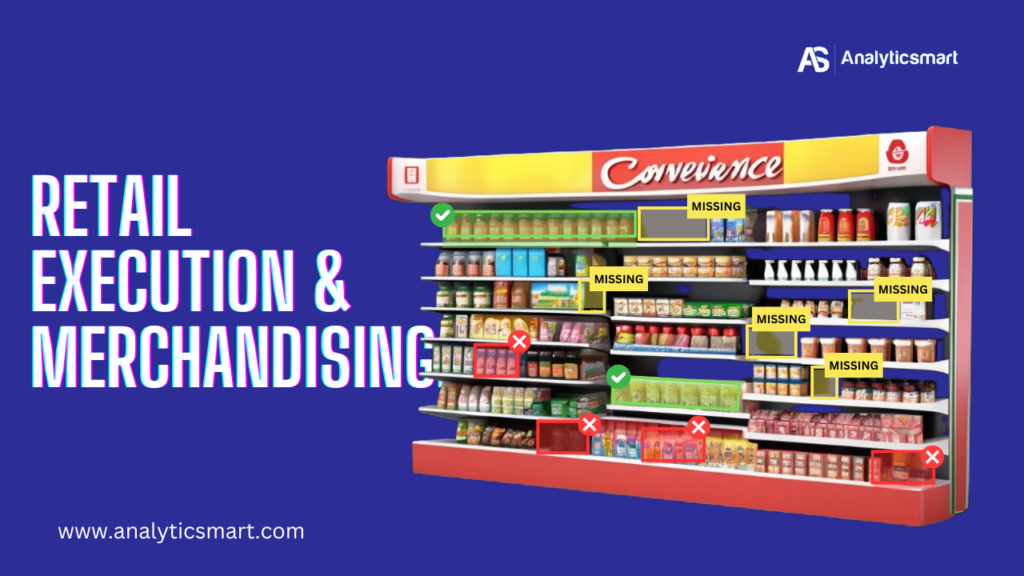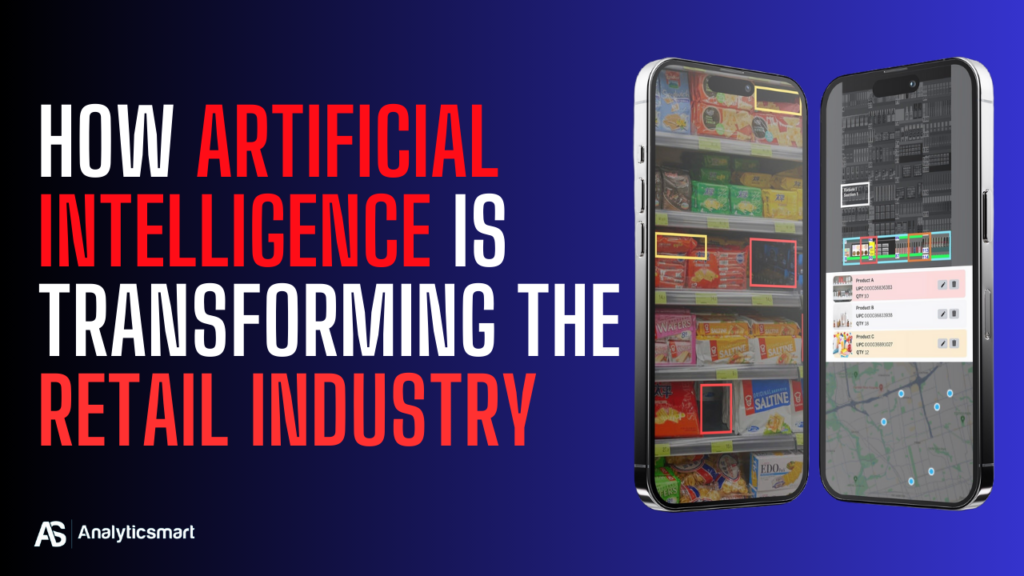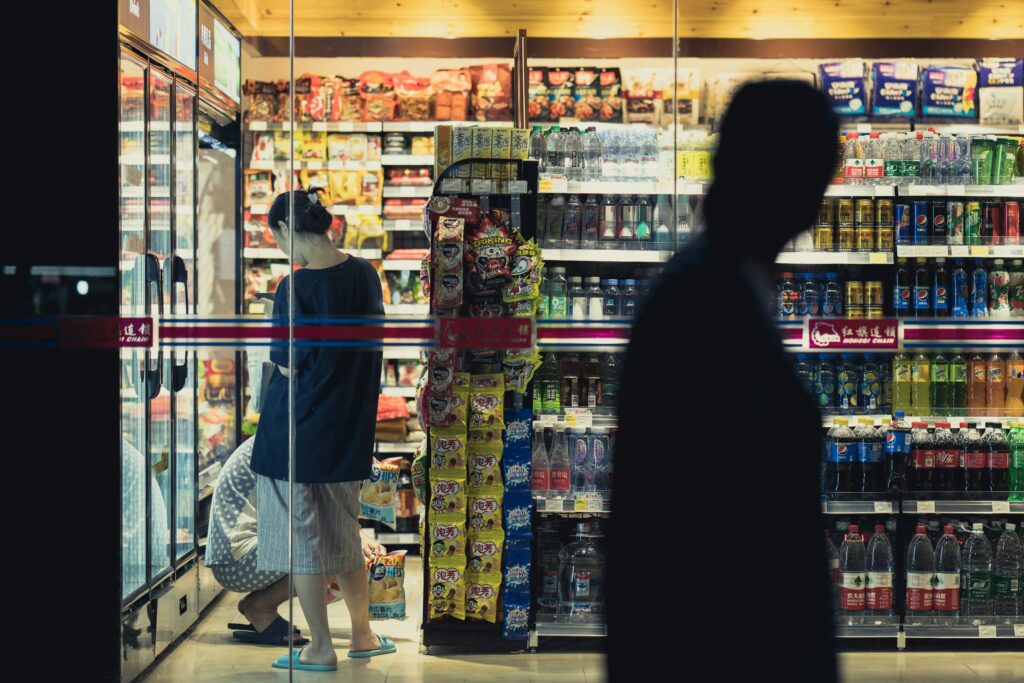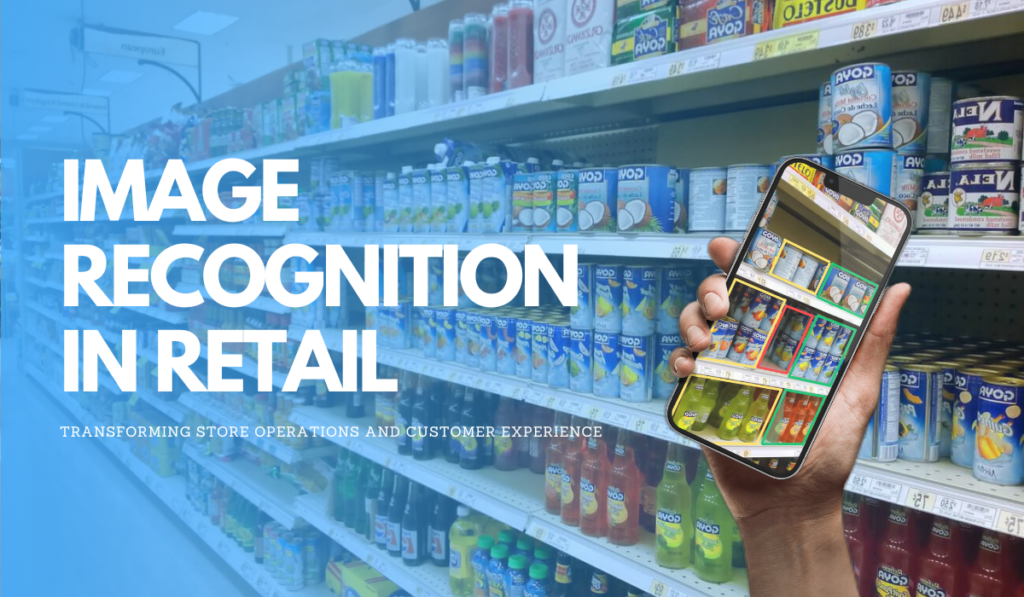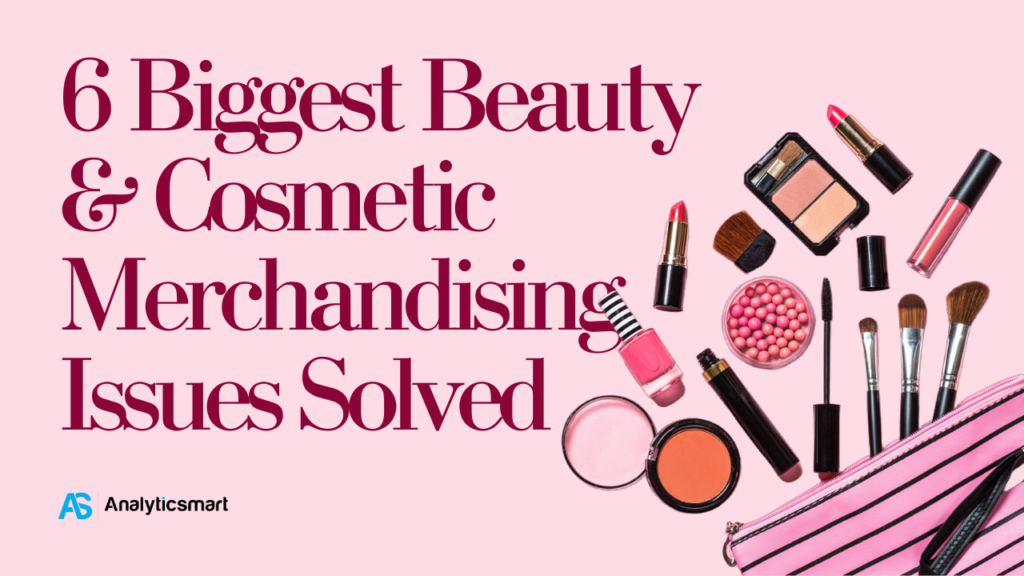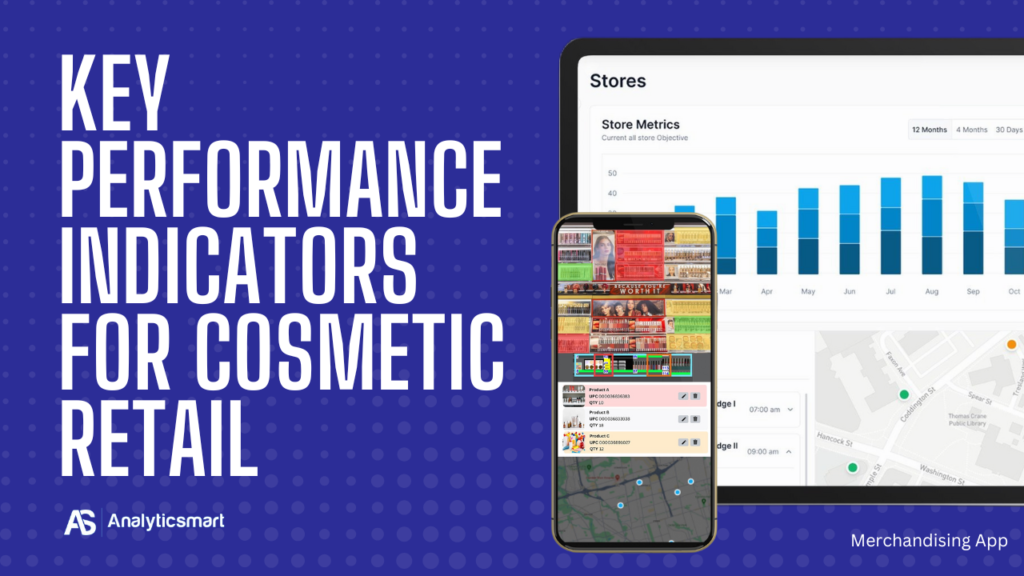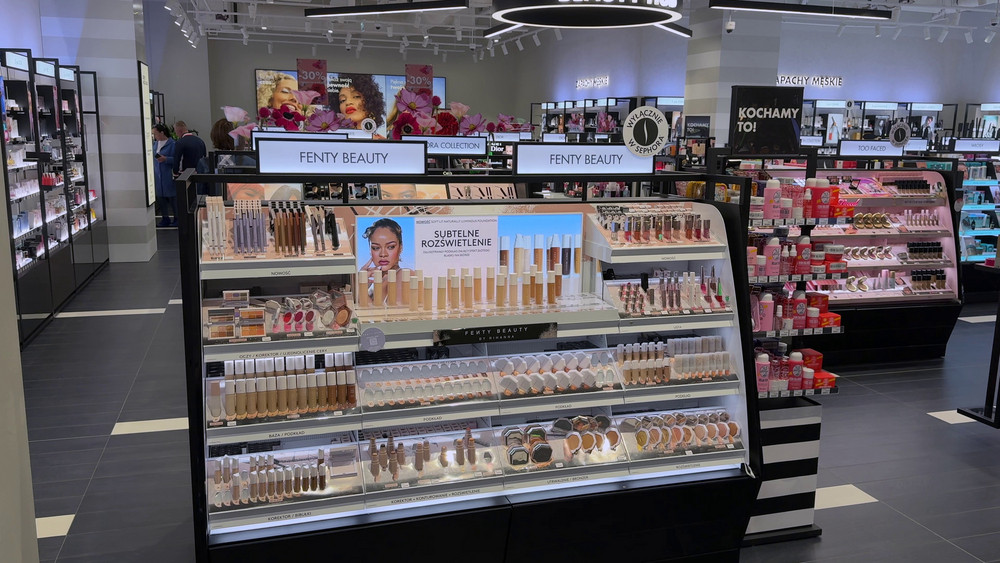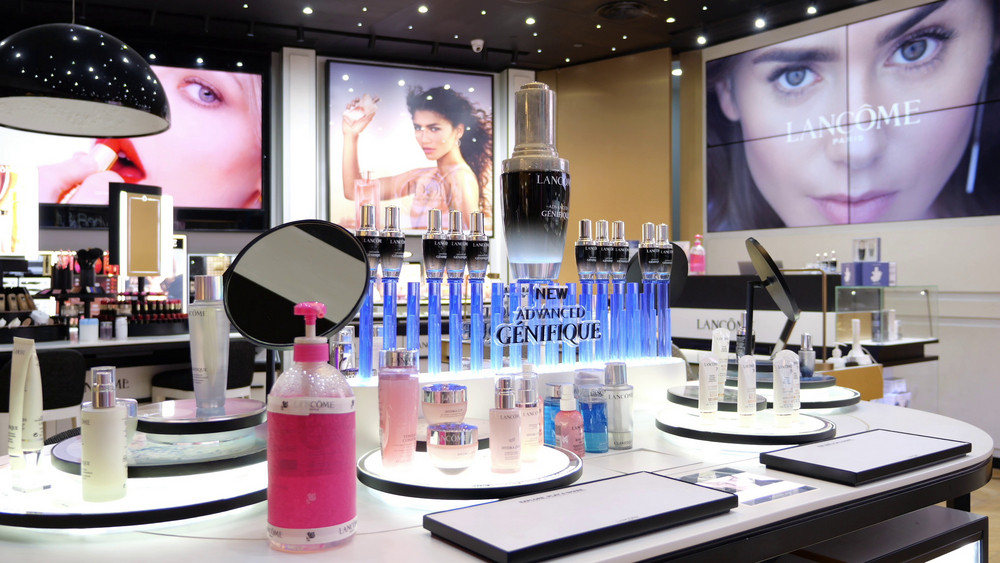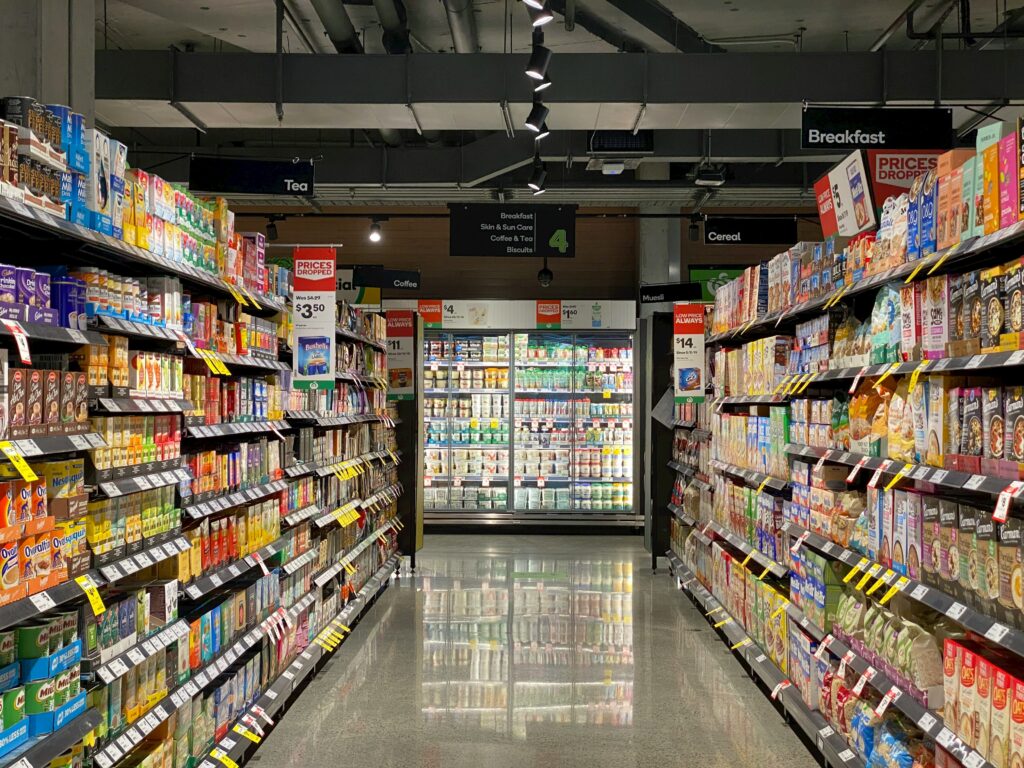In the dynamic world of retail, flawless execution is not just a goal—it’s a necessity. Retail execution and merchandising are the backbone of ensuring that a brand’s strategies manifest perfectly at the shelf, directly influencing customer experiences and sales outcomes. At Analyticsmart, we understand that successful retail execution bridges the gap between strategic planning and […]
The Future of AI in Retail: How Artificial Intelligence is Transforming the Industry
Artificial Intelligence (AI) is revolutionizing industries worldwide, and retail is no exception. From personalized shopping experiences to supply chain optimization, AI is redefining how retailers operate and interact with customers. As businesses move beyond pilot projects, scaling AI solutions is becoming a strategic priority.
How to Merchandise a Convenience Store for Maximum Sales
Merchandising a convenience store requires a strategic approach to product placement, inventory management, and store layout. Unlike large retail spaces, convenience stores operate within limited square footage, making it crucial to optimize every shelf and aisle to attract customers and boost sales.
AI Use Case in Retail: Retail Object Detection
In today’s fast-paced retail environment, artificial intelligence (AI) has emerged as a game-changer, transforming every aspect of the industry from supply chain optimization to customer experience. One of the most compelling applications of AI is retail object detection.
6 Biggest Beauty & Cosmetic Merchandising Issues Solved
Cosmetic merchandising is a crucial element of retail success. However, it’s no secret that managing cosmetics in-store comes with its own set of challenges. From frequent resets to stockouts, cosmetic brands face a range of issues that can impact sales and customer satisfaction. Fortunately, with the right tools, these problems can be solved efficiently. In this blog, we’ll explore the five biggest cosmetic merchandising issues and how you can solve them with innovative solutions.
Key Performance Indicators for Cosmetic Retail: The Metrics That Matter
In the fiercely competitive world of cosmetics, staying ahead requires more than just innovative products. Tracking the right Key Performance Indicators (KPIs) is essential for cosmetic retailers to ensure profitability, enhance customer loyalty, and adapt to ever-changing trends. Whether it’s monitoring sales or measuring social media engagement, the right metrics empower brands to make data-driven decisions.
Mastering Beauty & Cosmetic Merchandising: Proven Strategies for Retail Success in 2025
The cosmetics industry in Canada is thriving, with annual revenues exceeding billions of dollars. From premium skincare to innovative makeup, Canadian consumers are increasingly prioritizing beauty and personal care. For beauty retailers, this dynamic industry presents immense potential—but also fierce competition. A strong merchandising strategy is essential to stand out, attract customers, and ensure long-term success.
Effective Merchandising & Planograms for Cosmetics Stores
Effective merchandising is the backbone of any successful retail environment, and for cosmetics stores, it is especially crucial. Cosmetics are products that not only rely on quality and function but also on their visual appeal. Customers often make purchasing decisions based on how products are presented—whether it’s the way a product looks, the ambiance of the store, or the ease of navigating the product range
What Are Shelf Audits and Why Are They Important in Retail?
When it comes to retail, the old adage “out of sight, out of mind” holds particularly true. Products that aren’t positioned effectively on store shelves are often overlooked by consumers, no matter how innovative or high-quality they may be. This is where retail shelf audits come into play—a practical and insightful approach to ensuring that products are not just present but are optimally placed to capture consumer attention.
What is Merchandising in Retail? Understanding Its Importance and Types
Merchandising in retail is a vital strategy that directly impacts customer experience and sales performance. In this blog post, we will explore what merchandising in retail means, its significance, and the various types of merchandising that retailers can utilize to enhance their business strategies. What is Merchandising in Retail? Merchandising refers to the activities and […]

